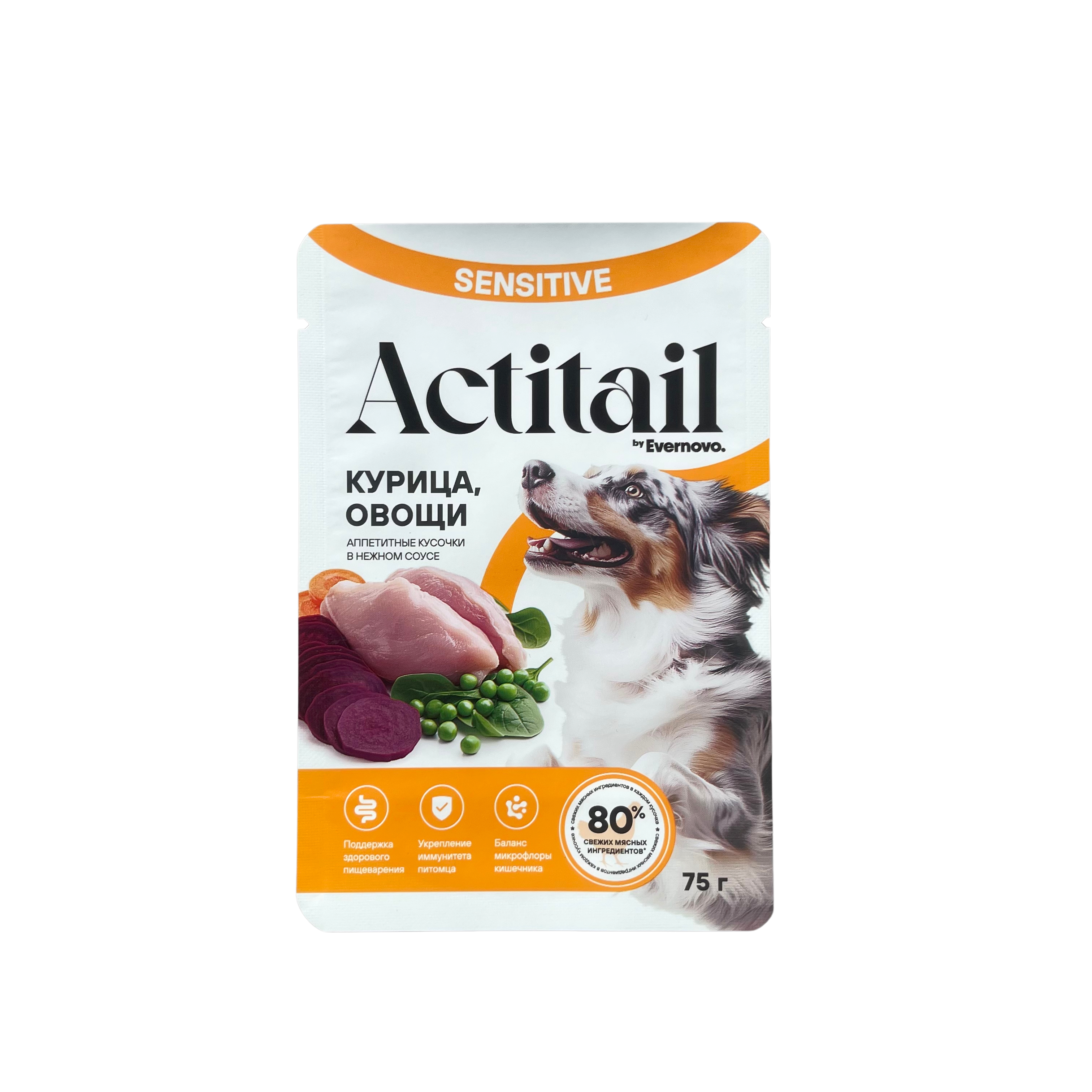The MRE retort pouch is a lightweight, durable solution for long-shelf-life ready-to-eat meals across military, emergency, and commercial markets. Its high-barrier construction supports safe sterilization while reducing storage and transport weight. For B2B buyers, it offers a dependable alternative to traditional metal cans.
Understanding the Structure and Technology Behind MRE Retort Pouches
MRE retort pouches are multilayer laminated packages engineered to withstand high-temperature sterilization while preserving food safety, taste, and nutritional integrity. Typical structures include PET for strength, aluminum foil for barrier performance, and CPP for heat sealing. This composite structure enables the pouch to tolerate temperatures above 121°C, achieving commercial sterility without the need for preservatives.
Compared with traditional cans, retort pouches allow faster heat penetration, shorter sterilization cycles, better texture retention, and improved energy efficiency for large-scale food processors.
Key Advantages of MRE Retort Pouches
-
Excellent barrier protection against oxygen, moisture, and light
-
Lightweight and compact, reducing transportation and warehousing costs
These advantages support stable and long-term food supply chains across both commercial and defense sectors.
Applications Across Military, Commercial, and Emergency Food Systems
In military operations, MRE retort pouches offer durability, portability, and long shelf life—making them ideal for field rations. They withstand physical impact, temperature changes, and long-distance transport.
In commercial ready-meal production, retort pouches are widely used for curries, soups, stews, rice dishes, sauces, and meat or plant-based menus. Outdoor food brands rely on them for camping meals, while humanitarian organizations include retort pouch meals in disaster relief kits where shelf stability is critical.
Material Options and Performance Considerations
Manufacturers select materials based on food composition and sterilization conditions. Aluminum-foil laminated structures provide maximum barrier performance for meat, seafood, and high-value meals. EVOH-based high-barrier structures offer a metal-free, partially recyclable alternative.
Critical performance factors include:
-
Heat and pressure resistance during retort
-
Seal strength and burst resistance
-
Delamination stability
-
Ability to retain flavor, color, and texture after sterilization
Film thickness and lamination design must align with food acidity, viscosity, and intended shelf life.
Design Types and Functional Features
Retort pouches come in several formats to match different industry needs:
Three-Side Seal Retort Pouches
Suitable for compact single-serve meals.
Stand-Up Retort Pouches
Their gusseted bottom provides stability and premium shelf display.
Retort Spout Pouches
Designed for soups, porridges, and liquid foods requiring controlled dispensing.
Large-Format Retort Pouches
Used for institutional catering and bulk food supply applications.
Additional features may include tear notches, reinforced sealing zones, anti-burst grids, and high-temperature-resistant printing.
Quality and Safety Requirements for Food Manufacturers
MRE retort pouches must comply with FDA, EU, and other food contact regulations. Manufacturers typically perform comprehensive testing such as:
-
Barrier and film integrity inspection
-
Delamination resistance tests
-
Retort simulation and shelf-life trials
-
Seal strength and puncture resistance testing
For defense and emergency applications, extended shelf-life validation and environmental durability testing are often required.
Manufacturing and Customization Capabilities
Leading suppliers provide OEM/ODM services, including laminated film development, pouch conversion, gravure/digital printing, and custom dimension design. Automated pouch-making lines ensure consistent quality for large batch production.
B2B buyers may customize barrier levels, pouch thickness, gusset styles, tear features, or sealing patterns to meet specific food formulations and retort conditions.
Sustainability and Market Trends
Sustainability is driving rapid innovation in retort pouch technology. PET and PP mono-material pouches are emerging as recyclable alternatives to foil laminates. Lightweight packaging reduces transportation emissions, while digital printing supports short-run customization for export markets, private labels, and specialized ration programs.
Future improvements may include smart traceability codes, enhanced heat-distribution systems, and improved high-barrier films for extended shelf life.
Conclusion
The MRE retort pouch is a proven, high-performance packaging solution for military, commercial, and emergency food systems. Its barrier strength, long shelf life, and lightweight structure make it an ideal choice for modern ready-to-eat production. For B2B customers, understanding materials, performance metrics, and customization capabilities is essential for choosing a packaging system that meets operational, regulatory, and market demands.
FAQ
1. What foods are commonly packaged in MRE retort pouches?
Curries, stews, soups, rice dishes, sauces, meats, and plant-based ready-to-eat meals.
2. What is the typical shelf life?
Most products last 12–36 months depending on sterilization and storage conditions.
3. Do retort pouches replace cans?
In many applications, yes—they offer comparable safety with reduced weight and greater convenience.
4. Can pouches be customized for military or emergency needs?
Yes. Pouches can be strengthened for impact resistance, extended shelf life, and extreme environmental conditions.
Post time: Nov-20-2025








